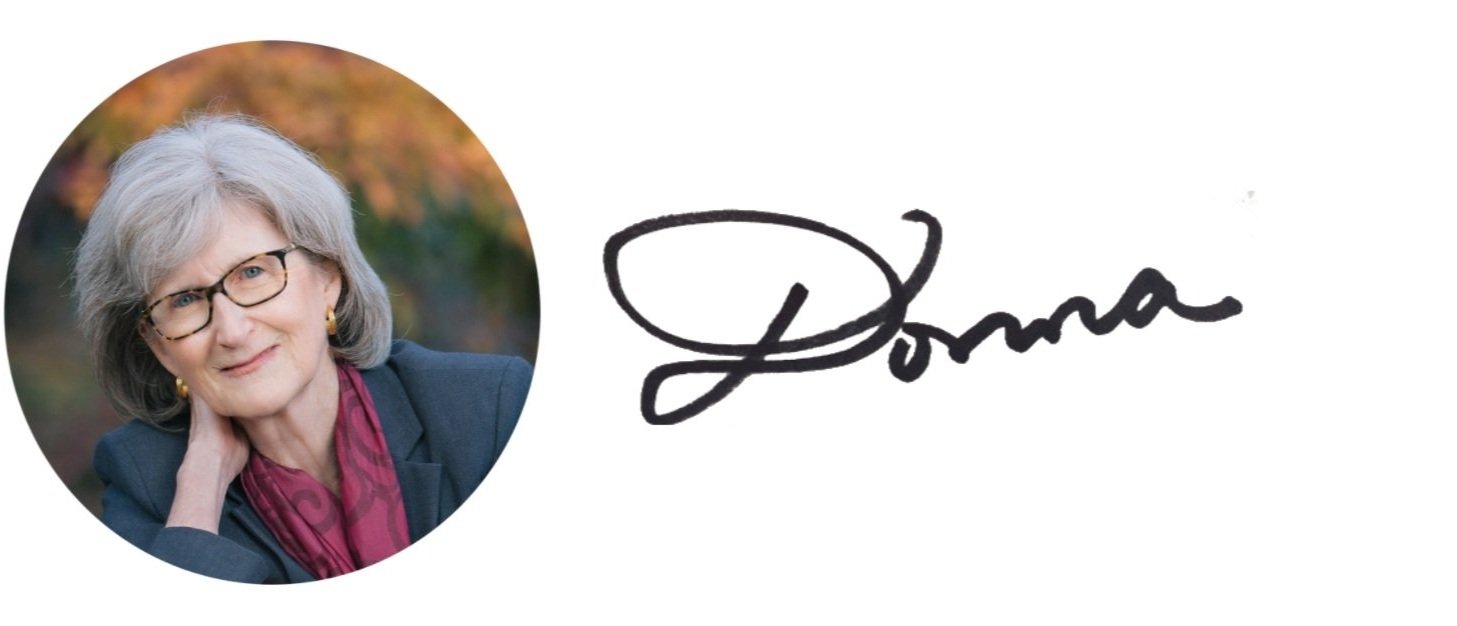The tired, elderly ex-offender hunched over the counter in the lobby trying to complete one of several forms required upon admission to Hope Village, a now defunct halfway house for federal prisoners returning to Washington, DC, after release from prison. He turned to the man behind him in line and hoarsely whispered “How do you spell ‘hope’?”
He couldn’t spell the word hope, and I wonder how much hope he had in his life. Now he faced eight weeks in an underfunded halfway house and then discharge into the city, likely without a job or housing—or much hope of finding either.
Hope is described as an “optimistic state of mind that is based on an expectation of positive outcomes…” (Wikipedia). This man may have had limited experience with positive outcomes in his life. So how can he find hope? How can you be hopeful when everything around you seems hopeless? Knowing the answer to this question is important since hopelessness translates to human suffering and poor health outcomes. Hope offers relief and a path to healing.
One way this man might find hope is directly through other people. The love, respect, and positive attitude of others can help him find the hope he has lost. I certainly witnessed this type of transformation during my years working at Christ House, a medical recovery facility for the homeless in Washington, DC. The gentle, loving care given to the residents by the staff was a healing balm that helped spark hope back to life. The staff had faith and had seen the miracles. Their hope was contagious.
Another way to find hope is to personally know and trust a loving God. But for those who are battered by trauma, poverty, poor choices, injustice and/or addiction, God can seem very far away. For addicts, this is where the Twelve Step Program offers a path to hope through a “power greater than ourselves.” The Basic Text of Narcotics Anonymous describes the Twelve Steps. Steps 1-3 are most relevant to the subject of hope and are covered in Chapter 4, How It Works:
“If you want what we have to offer, and are willing to make the effort to get it, then you are ready to take certain steps. These are the principles that made our recovery possible.
Step 1. We admitted that we were powerless over our addiction, that our lives had become unmanageable.
Step 2. We came to believe the a power greater than ourselves could restore us to sanity.
Step 3. We made a decision to turn our will and our lives over to the care of God as we understood Him.”
These steps apply to addicts of all types. Many of us have “problems” dealing with pornography, eating, gambling, overwork, social media, cursing, anger, and so on. We suffer in life and are stuck in a painful ruts from which we cannot extract ourselves. I think of my difficult first marriage which I wrote about in my book Pilgrimage: A Doctor’s Healing Journey. Others suffer with unhappy or unsuccessful careers or difficult life circumstances. The Twelve Step Program is for you if your life is difficult and you feel desperate or just stuck.
The first step for each of us on our road to hope and recovery is to admit that we cannot solve our problem by ourself. The second step is to “come to believe” that God can help us solve our problem. Third, we commit to turn our will and life over to the care of God, as we understand him. When I learned about the Twelve Steps and thought back to my marriage, I realized that the third step is what I had struggled with for so long until I finally surrendered to God. I wrote these words about that experience:
“I now see that this dark time was the turning point in my relationship with God—although it felt like hell. I could see no alternative except to trust God and give in to his way. I surrendered. To use biblical language, I died to self. In Richard Rohr’s book, Breathing Under Water: Spirituality and the Twelve Steps, he says, ‘Surrender will always feel like dying, and yet it is the necessary path to liberation.’ The “dying” part I felt, not yet the “liberation” part. This whole experience tested my trust in God like nothing else ever has. Rohr emphasizes the decision part of this process: ‘Our inner blockage to ‘turning our will over’ is only overcome by a decision. It will not usually happen with a feeling, or a mere idea, or a religious Scripture....It is the will itself, our stubborn and self-defeating willfulness that must be first converted and handed over. It does not surrender easily and usually only when it is demanded of us by partners, parents, children, health, or circumstances.’ Rohr describes my experience.” p 90, Pilgrimage.
Narcotics Anonymous is based on Twelve Principles— the First Principle is Hope.
“Since our origins as a program and Fellowship, one common principle has been binding our spirits together: Hope. Hope for recovery. Hope that the obsession will someday be lifted. Hope that the program is for real. Hope that things will start making sense. Hope for ourselves and others.”
““Gradually, as we become more God-centered than self-centered, our despair turns to hope.””
A meditation book on the twelve steps speaks of hope and says: “Steps Two and Three lead us gradually out of that despair and into hope, the companion of the recovering addict. Having accepted that so many of our efforts to change have failed, we come to believe that there is a Power greater than ourselves. We believe this Power can—and will—help us. We practice the Second and Third Steps as an affirmation of our hope for a better life, turning to this Power for guidance. As we come to rely more and more on a Higher Power for the management of our day-today life, the despair arising from our long experiment with self-sufficiency disappear.” (Basic Text, p 95 and Just for Today, Revised, Daily Meditations for Recovering Addicts, NA World Services 1991, p 282)
I knew nothing of the Twelve Step Program until I worked in Washington, DC, when I was in my fifties. I was fortunate to be able to attend Alcoholics Anonymous and Narcotics Anonymous Meetings and saw first hand how this revolutionary program transformed lives. Since the first AA meeting in 1935, uncountable souls have found hope and a new life by attending one of the many types of Twelve Step programs that are available worldwide.
SUGGESTIONS:
If you are struggling with any kind of addictive behavior, learn more about the Twelve Step Program. Take that first step by seeking information, finding a meeting, and attending it (many are now virtual). See references below.
Even if you think you have no addictive behaviors, learn more about Twelve Step programs. You won’t be sorry.
To learn more about Pilgrimage: A Doctor’s Healing Journey, its availability and how to obtain a free copy of Chapter 1, go to serenityandhealth.com/pilgrimage. I’d love to hear from you at dc@serenityandhealth.com.
REFERENCES:
Alcoholics Anonymous
https://www.aa.orgNarcotics Anonymous
https://www.na.orgBreathing Under Water: Spirituality and the Twelve Steps by Richard Rohr
God Bless.
P.S. Don’t forget to sign up for my monthly blog or follow me on Facebook or Donna Chacko on Twitter. If my message helps you in any way, please consider sharing it with others.
Dr. Donna Chacko promotes health of body, mind, and spirit through her website (serenityandhealth.com), her blog, and programs at her church. She is the author of the award-winning book and Amazon best-seller Pilgrimage: A Doctor’s Healing Journey (Luminare Press, 2021). You can read her full bio here.








What if there are other parts of my life about which I think I know everything, or at least enough, and in fact barely know anything? How would I even know if this were so?